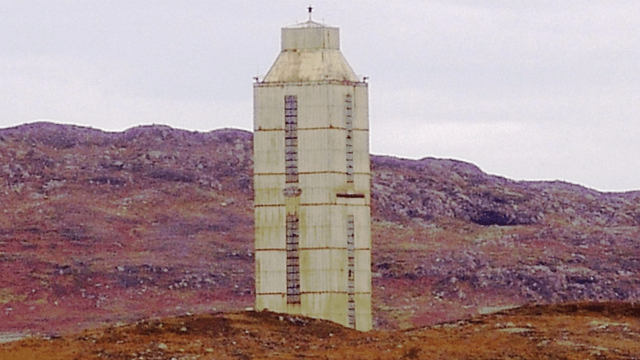In September 1990, a group of scientists put a drill head to the ground in southern Germany, where two landmasses once merged to form the supercontinent Pangaea 300 million years ago. Their goal? To drill the deepest hole ever made into the earth, a “telescope” into its core.
The German Continental Deep Drilling Program, aka the KTB borehole, got almost 10km down before funding ran out. It passed through shifting seismic plates, boiling hydrogen, and temperatures reaching 315C, stewarded by 120 scientists and employees working from the surface of the earth.
The deep-drilling experiment yielded huge surprises about the structure of the earth, including maps of rock temperature, new information about seismic pressure, and beautiful models (PDF) that show layers of rock wrapped around each other like ribbons — illustrating how the crust is far from a neat layer cake.
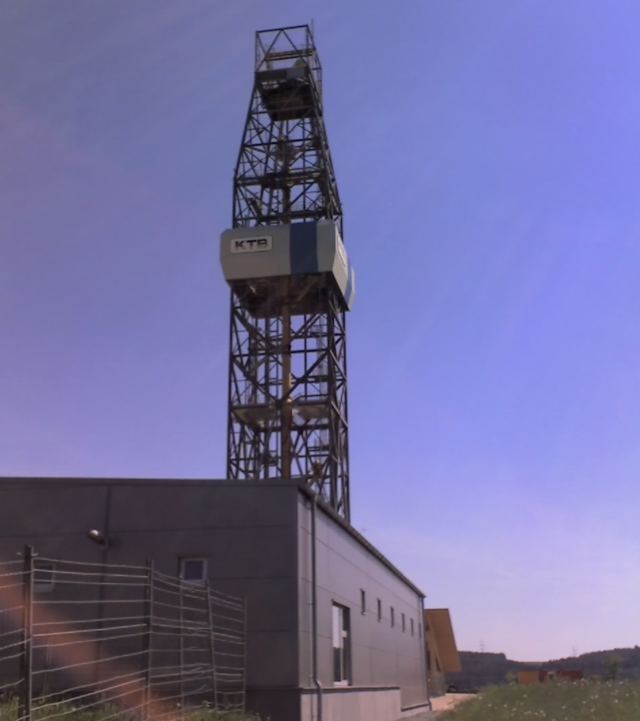
At 9km, the KTB Borehole is now the deepest accessible hole in the world. But, lying dormant above the Arctic Circle is its deeper, older cousin: The Kola Superdeep Borehole, a project begun by the Soviets in 1970, on the Kola Peninsula northeast of Finland.
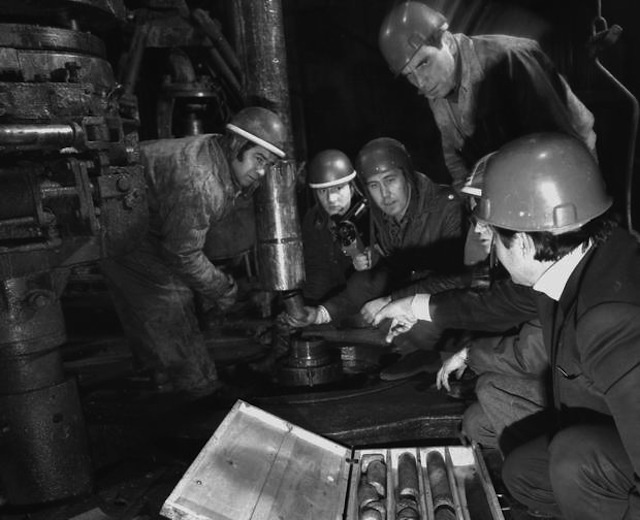
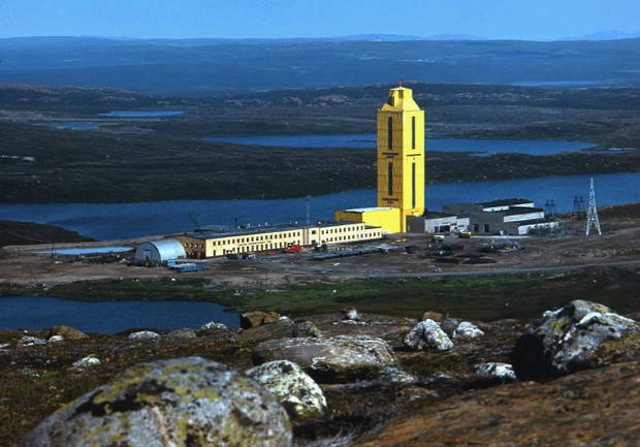
Images: English Russia.
The Kola reached so deep into the frozen tundra — almost eight miles — that it hit rocks more than 2.5 billion years old. But it, too, eventually lost funding, and the site was abandoned in 2008. Today, the drilling station is ruined and the borehole is covered by a simple plate of metal:
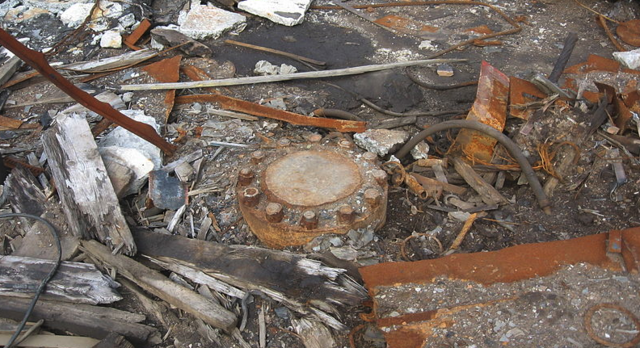
Image: Wikimedia Commons.
For geologists and other earth scientists, feats like the KTB and Kola borehole are pinnacles of exploration — a peek into the inner-workings of the planet. But what did these insane engineering projects reveal outside of the realm of the scientific? How did they smell, for example, and what did it sound like down there?
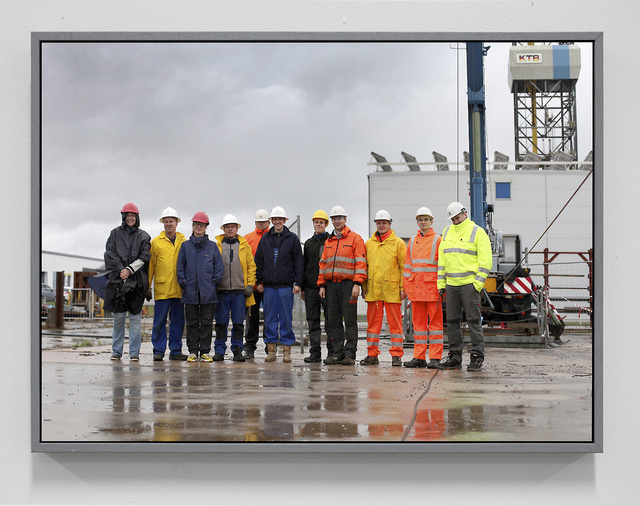
Dutch artist Lotte Geeven answered the latter question this year through an extended collaboration with geoscientists from the German Research Center for Geosciences, which controls the KTB borehole now that drilling has stopped.
With the help of the scientists (and an acoustic engineer from Arup), Geeven set out to discover what the borehole sounds like at its furthest depths. The recording she brought back — accompanied by photos of the crew and a seismic reading — is an intense, almost warm audio landscape of echoes and crunches. It’s the closest we can get to hearing the sounds of the earth’s core.
Geeven isn’t alone in being curious about the sounds of the earth’s massive, unstable crust.
Doug Aitken, the artist behind this year’s Coast to Coast exploits, lives in a California home called the Sonic House. The foundation contains nine geological microphones, each designed to pick up the murmurs and creaks of the tectonic plates miles below. Inside its rooms, the creaks and booms of shifting rock echo day and night.

There’s also “Sounds of Seismic“, a platform that broadcasts real-time seismic noises from dozens of sites across the globe. Or take the US Geological Survey’s “Listening to Earthquakes” site, where you can download and remix seismic sounds.
A decade after 9/11, the sound artist Mark Bain released an audio file that contained the seismic noises made beneath New York City as the towers fell:
These moans aren’t all that unique from the sounds beneath the boreholes, but they feel different to our human ears. Geoff Manaugh describes them as a “melancholic howl,” while Bain himself says they are “a bell-like alarm denoting histories in the making.” Either way, we have our own ideas about what these cracks and grumbles articulate about the secret world below our feet.
When I was little, we’d go to Pittsburgh’s Museum of Natural History to ride an “elevator” down to the earth’s core. This was, unfailingly, the most exciting part of the trip — long after I realised the eerie noises and jostling floor were fake. These artists and geologists, too, are obsessed with the idea of digging into the undiscovered parts of the planet — and then, by dropping microphones and sensors miles down into the earth, bringing back the acoustic results.
Picture: Kola Borehole via Wikimedia Commons
